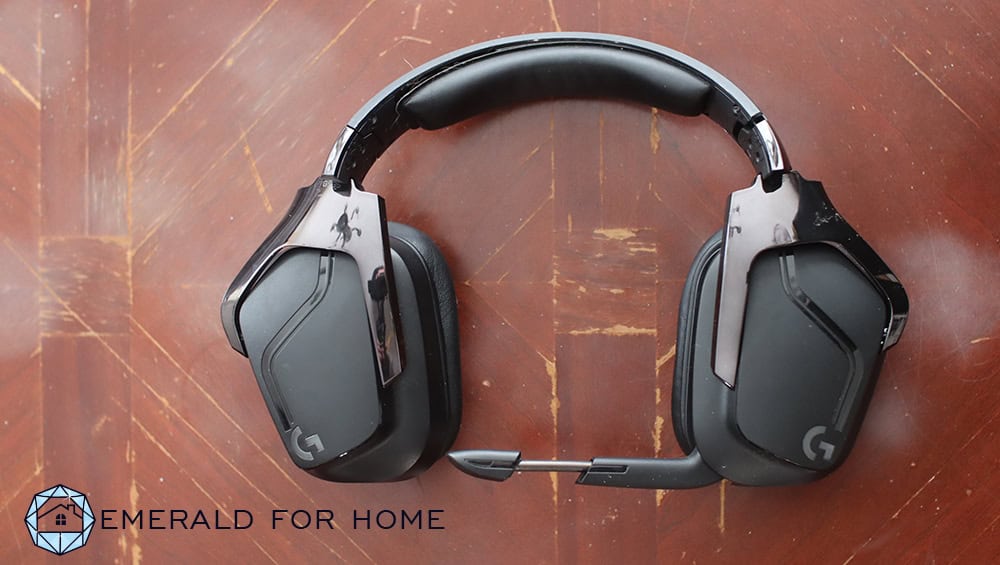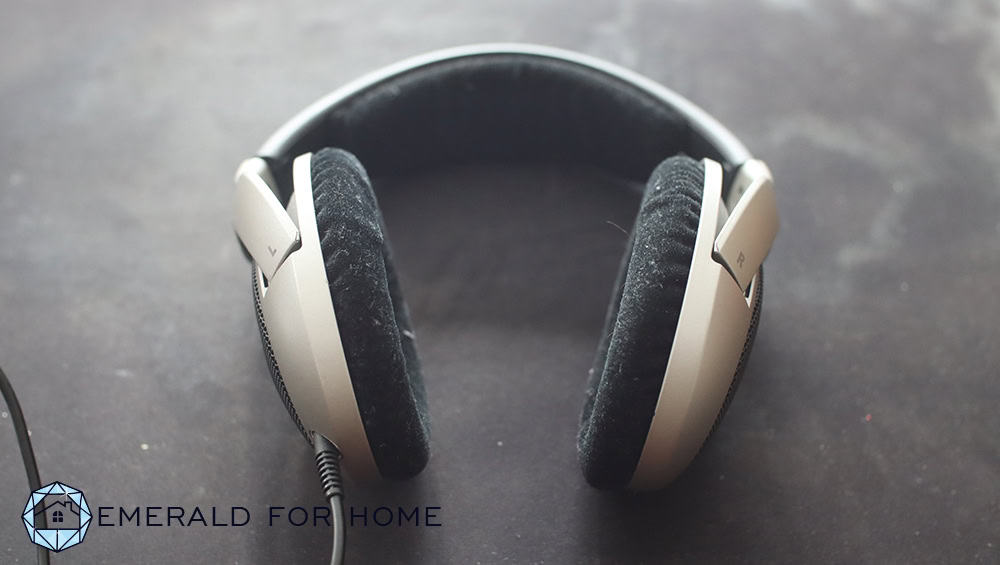Headphones and headsets are the two main types of audio devices used for computers and portable devices. However, many people use the terms interchangeably and do not know the differences between them.
Headsets are audio devices with dedicated microphones. They often come in supra-aural, circum-aural, or in-ear variants. Headphones are audio devices that are focused on improved audio quality through drivers that produce deeper and wider sound frequencies.
Headphone and Headset Differences
For audiophiles, professional streamers and recorders, studio-grade headphones and standalone microphones offer the best experience in terms of communication, recording, and audio playback. However, buying separate hardware can be very expensive, especially for high-end devices.
Microphone Quality

Headsets are easy to distinguish from headphones because they have a dedicated microphone that can be adjusted based on user preference. The microphone can be detachable, retractable, or integrated into the headset. Headsets are essentially headphones with dedicated microphones.
Headphones are made for listening to music, meaning they don't have a microphone or audio input device. The confusion is because "headphone" is a blanket term used to refer to headphones, headsets, earbuds, etc. Headphones are nothing more than two audio drivers connected by a headband.
Audio Quality

When comparing headphones and headsets in a similar price range, headphones will always have better audio quality.
A headset has to make comprises because of the inclusion of the microphone's hardware and additional features. Where-as the sole purpose of headphones is audio quality.
When researching audio quality, you will find that headphones will have better "drivers." A driver is comprised of three components:
- Magnet - Creates a magnetic field
- Voice coils - Moves the diaphragm
- Diaphragm - Vibrates to create sound waves
A general rule of thumb is that the bigger the driver, the larger the bass. However, size of the driver is not linearly related to the quality of sound. While bass may be a bit cleaner, larger drivers tend to struggle with treble tones or high frequencies.
Size is usually an indicator of how "big" the output can be. That doesn't mean they can deliver better output. The type of materials being used and the type of driver unit has the greatest impact on sound quality.
Portability
Portability is qualified based on how much space the device occupies in an enclosure (form factor), the ability to fold, and wireless capabilities.
In general, it can be assumed that any device that is small, can fold up, and is wireless is more portable than a device that's large, can't fold, and is hard-wired. None of these factors are reserved specifically for headphones or headsets.
Headphones and headsets are usually available in multiple form factors including in-ear, on-ear, and over-ear.
Comfort
Headphones and headsets provide different types of comfort which is usually dictated by form factor. Comfort can be described as how pleasant or enjoyable headphones are to wear over an extended period of time.
There are a couple of different types of headphones/headsets. They are best described as: over-ear, on-ear, and in-ear.
Over-ear and on-ear headphones feature frames that sit on top of the head and earcups that rest on and around the ears. In-ear headphones (earbuds) are inserted into the ear at varying depths and can sometimes feature neckbands to keep them in place.
Regardless of the type, headphones shouldn't cause stress, pain, or fatigue after wearing them for extended periods of time.
Comfortability is a highly subjective qualifier and can vary depending on the individual (people are all different shapes and sizes). In general, most people look for similar features: padding, weight, headband tension, and tightness of the frame. When discussing in-ear/earbuds, most people consider the material being used and how deep they protrude the ear canal.
Noise Cancellation
Noise isolation/cancellation is the ability of the headphones to block out ambient noise (passively and/or actively).
Active cancellation uses noise cancelling technology in order to isolate and nullify sound. Active noise cancelling uses a microphone to analyze the sound waves around you. Inverse waves are then created by the headphone; Sending a compression (trough) when there's a rarefaction (peak) and a rarefaction (peak) when there's a compression (trough). When these sounds meet they cancel each-other out.
Passive isolation is achieved through the physical isolation of the ears via the headphone material (padding) or earbud design. Think of this concept like covering your ears with your hands; A tighter seal results in less ambient noise being perceived.
Both headphones and headsets feature these technologies. In almost all cases, Active Noise Cancelling headphones will cost more than passive isolation.

